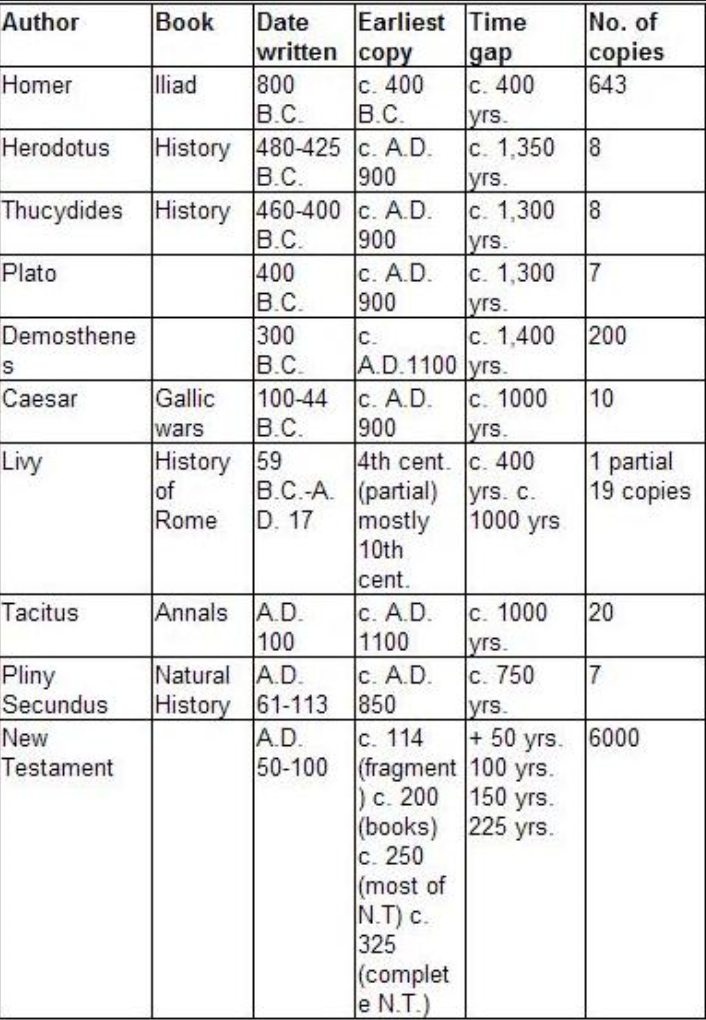The Bible, particularly the New Testament, stands out not only as a cornerstone of Christian faith but also as a remarkable historical document. The preservation, accuracy, and sheer volume of its manuscripts are unparalleled in the ancient world. This article delves into the manuscript evidence of the New Testament, comparing it with other ancient works, and highlights its exceptional reliability.
Writing the Bible: A 1,600-Year Journey
The Bible was composed over a period of approximately 1,600 years, spanning from about 1,500 B.C. to A.D. 100. The Old Testament began with the first five books written by Moses around 1,500 to 1,450 B.C. The New Testament concluded with the book of Revelation, penned by the Apostle John shortly before A.D. 100. Between the completion of the Old Testament and the commencement of the New Testament, there was a gap of over 400 years. Despite this gap, the continuity and preservation of the scriptures have been meticulously maintained.
The Wealth of New Testament Manuscripts
The New Testament is supported by an unprecedented number of manuscripts. There are over 6,000 Greek manuscripts of the New Testament, some dating back as early as A.D. 125, just a few decades after the original compositions. In comparison, other ancient works are preserved by far fewer manuscripts. For instance:
- Homer’s Iliad: Approximately 650 manuscripts, dating from A.D. 200-300, over a thousand years after it was written.
- Euripides’ Tragedies: About 330 manuscripts.
- Caesar’s Gallic Wars: Only nine good copies.
- Herodotus’ History: Eight manuscripts.
The contrast is striking, with the New Testament manuscripts outnumbering those of other ancient texts by a vast margin. Additionally, the gap between the original composition and the earliest copies of the New Testament is much shorter, often within a few decades to a couple of centuries, compared to the 800 to 1,000-year gap for classical works.
Key Manuscript Discoveries
Several significant manuscript discoveries have further bolstered the reliability of the New Testament:
- P52: A fragment of the Gospel of John dating to around A.D. 125, just one generation after its original composition.
- P45: A 3rd-century manuscript containing parts of all four Gospels.
- P46: A manuscript from around A.D. 200, featuring most of Paul’s letters and the Letter to the Hebrews.
- P75: Dated between A.D. 175 and 225, it includes most of the Gospels of Luke and John.

These early manuscripts provide a strong foundation for the textual integrity of the New Testament.
The Integrity and Accuracy of the New Testament Text
The accuracy of the New Testament text is a point of admiration among scholars. Bruce Metzger, a leading biblical text critic and Princeton professor, famously noted that “to be skeptical of the resultant text of the New Testament books is to allow all of classical antiquity to slip into obscurity, for no documents of the ancient period are as well attested bibliographically as the New Testament.”
John Warwick Montgomery echoed this sentiment, emphasizing the meticulous care with which Jewish scribes preserved their manuscripts. They counted every letter, syllable, word, and paragraph, ensuring that the text was transmitted with exceptional fidelity. This level of care is unmatched in the preservation of other ancient works.
Comparison with Other Ancient Works
The reliability of the New Testament is further underscored when compared to other ancient texts. For example, the earliest manuscripts of Josephus’ The Jewish War, written shortly after A.D. 70, date from A.D. 1000-1200, with only nine Greek manuscripts and one Latin translation from around A.D. 400. In contrast, the New Testament has fragments and manuscripts dating back to within a generation of the original compositions.
The Old Testament, too, is supported by a wealth of manuscript evidence, including the Dead Sea Scrolls, which date from 200 B.C. to A.D. 70, and contain entire books and fragments of the Hebrew Bible. The Aleppo Codex, dating to around A.D. 950, and the St. Petersburg Codex from A.D. 1008, are among the oldest complete manuscripts of the Hebrew Bible.
Conclusion: The New Testament’s Unmatched Manuscript Evidence
The manuscript evidence for the New Testament is unparalleled in the ancient world. With over 6,000 Greek manuscripts, and thousands more in Latin, Coptic, Syriac, and other languages, the New Testament is the best-attested document of antiquity. The short gap between the original compositions and the earliest surviving copies further enhances its reliability. In contrast, other ancient works, such as those by Homer, Euripides, and Caesar, are preserved by far fewer manuscripts, often with a much longer time gap between the original and the earliest copies.
In conclusion, the New Testament’s manuscript evidence is a testament to its historical reliability. The sheer volume, early dates, and accuracy of these manuscripts make the New Testament an unparalleled document in the ancient world. The careful preservation and transmission of the text over the centuries have ensured that the New Testament we have today is remarkably close to the original writings, providing a strong foundation for both faith and scholarship.